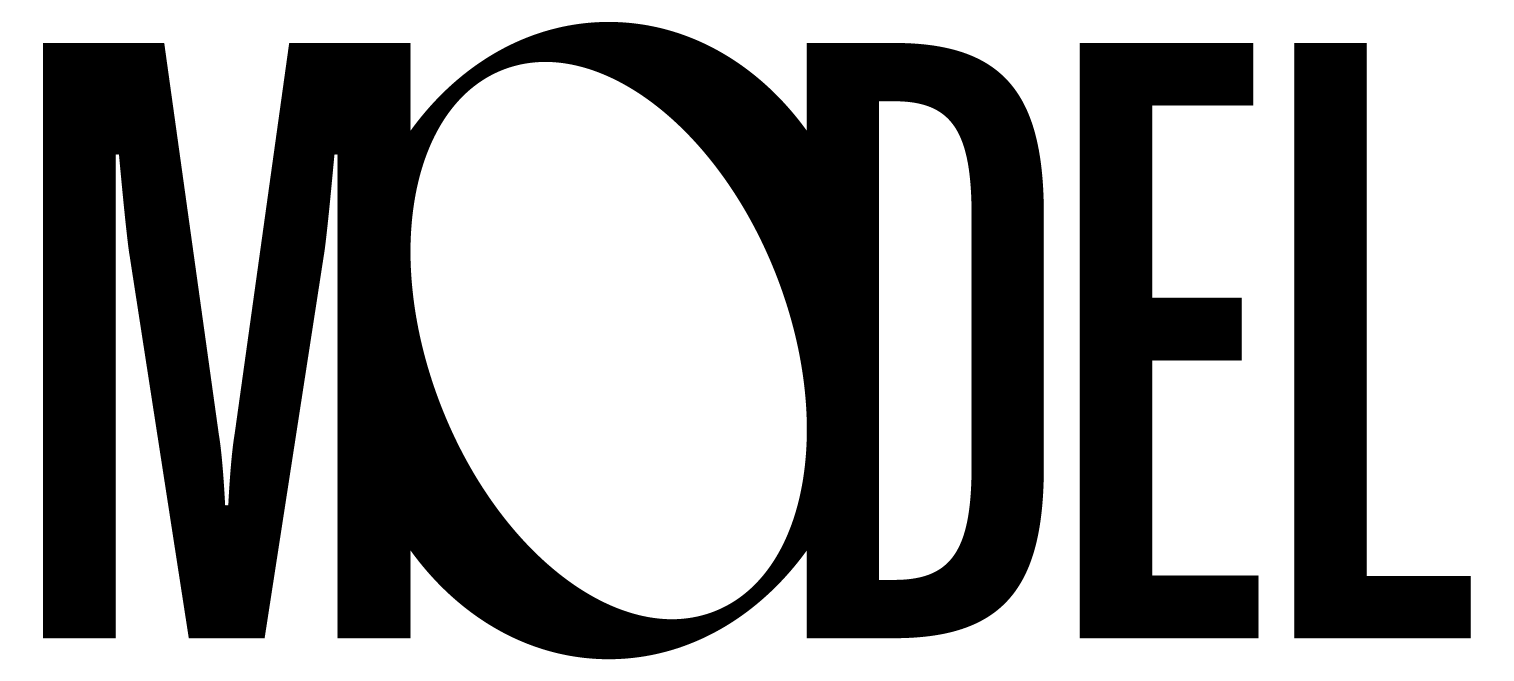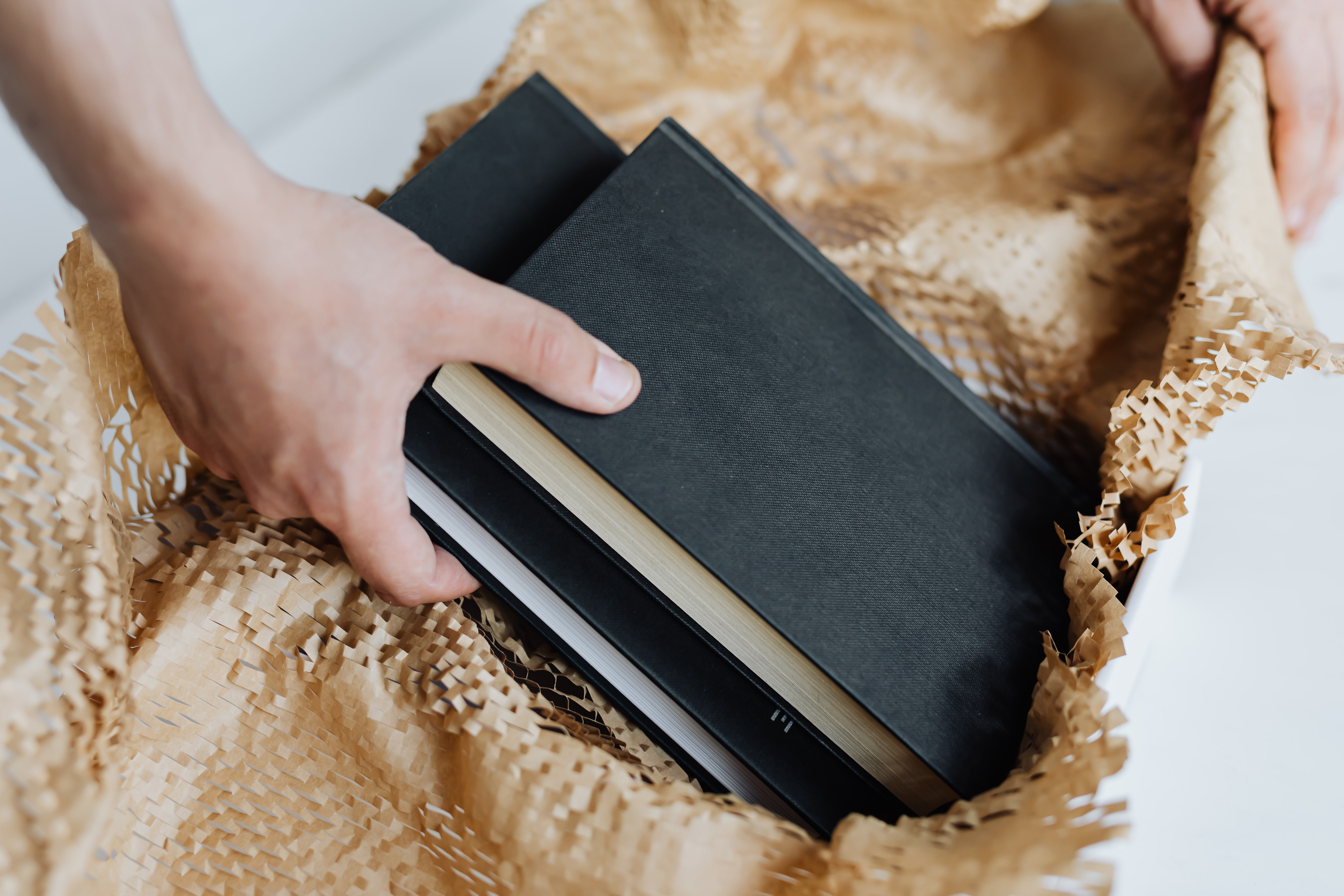To be on the safe side: optimal filling material for your parcel
Because you never know what will happen to your package on its way, it's better to cushion the contents carefully. Every product has a suitable packaging material partner: Electrical appliances feel comfortable with antistatic bubble wrap. Heavy packaged goods are perfectly compatible with firm paper padding.
Whether you send a parcel privately or several times a day for your online business – the inner packaging (filling material and cushioning material) is your best friend when it comes to safe shipping. To help you stay on top of things, we have answers to the most important questions:
- What is the difference between filling material and cushioning material?
- Which padding and filling material do you need for which content?
- What are the advantages and disadvantages of the materials for filling and upholstery?
- Should you pad boxes with old newspapers?
- Is there an environmentally friendly cushioning and filling material?
Quick Tips: Dos & Don'ts of Filling Material
Upholstery material and filling material: the differences
Upholstery and filling material 1x1
On its journey, your package won't exactly be handled with kid gloves. This is not a problem if you properly protect the contents in the packaging. Here you will find all the important information about upholstery and filling material.
Wood wool
Wood wool is the most original way of upholstery and is now only used for gift wrapping.
Advantages
Looks classy
Adds value to packaged goods, such as expensive wine bottles
Is FSC certified
Disadvantages
May contain dust
Is not easy to dispose of
Bubble wrap
If you want to wrap large products, bubble wrap is ideal as a packaging material.
Advantages
- Very good cushioning effect (tear-resistant)
- You can easily wrap packaged goods
- Wrapped items can be fixed with adhesive tape
- Suitable for large goods
- Is reusable
Disadvantages
- Made of plastic, not easy to dispose of
- Large volume of disposal
- Contains tiny dust particles that can scratch surfaces
Nopa Foam Film
Nopa foam film is a good choice for products with sharp edges.
Advantages
Adapts flexibly to the contour of your product
Suitable for sharp-edged packaged goods
Natural, pleasant feel
Very good for sensitive surfaces
Disadvantages
Made of plastic, not easy to dispose of
Large volume of disposal
Paper upholstery
Paper upholstery is a packaging material made from recycled fibers with many applications. It adapts flexibly to the contours of your product.
Advantages
Also suitable for sharp-edged packaged goods
Natural, pleasant feel
Environmentally friendly, made from renewable raw materials and 100 percent recyclable
Manual and electronic production
Easy and fast handling
No health risks when inhaling, no eye or hand protection required
Disadvantages
Slight dust development
Sensitive to moisture
Wrapping paper (kraft paper)
Wrapping paper is a first-time paper (unlike recycled paper padding) and protects your products from scratches during transport.
Advantages
You can easily wrap your packaged goods
Protects very well against friction
Ecological, 100 percent natural product
Disadvantages
Sensitive to moisture
Low cushioning effect
SizzlePak
SizzlePak convinces with its decorative effect, but only slightly cushions.
Advantages
Looks very classy
Emphasizes the value of your product
Disadvantages
Almost no cushioning effect
Not cheap
Air cushion MiniPak'R
MiniPak'R is a practical device for the production of bubble wrap that can be used in different ways.
Advantages
Clean, dust-free and reusable
Insensitive to moisture
Cost-effective and space-saving
Low dead weight
Film consists of 99 percent air, low disposal volume
Cushion filling (cavity filling) easily adjustable and reproducible again and again
Very fast production (up to 23 meters per minute)
Very easy handling
Disadvantages
Not suitable for pointed, sharp-edged and very heavy products
Air cushions can lose air after a long period of time
Made of plastic, not easy to dispose of
Bio-Chips
Bio-chips are an innovative, compostable filling material. An environmentally friendly alternative to Styrofoam.
Advantages
Reliably fills even small cavities
Clean, antistatic, dust-free and reusable
Dimensionally stable and shock-absorbing
Low dead weight
Disadvantages
Requires large storage volume
Beware of the quicksand effect of packaging chips with regular shapes
Quite high price
Chips can fly around when unpacking the goods
Styrofoam Chips
Styrofoam chips are a lightweight filling material for inner packaging. Recommended in 8 shape to prevent the quicksand effect.
Advantages
Particularly suitable for cavity filling
Clean, antistatic, dust-free and reusable
Dimensionally stable and shock-absorbing
Low dead weight
Disadvantages
Requires large storage volume
High price compared to volume
Chips can fly around when unpacking
Tissue paper
Tissue paper underlines the value of your products, but only slightly cushions as a packaging material.
Advantages
· Looks classy
· Can be disposed of with waste paper.
· Competitive price
Disadvantages
· Low cushioning effect

